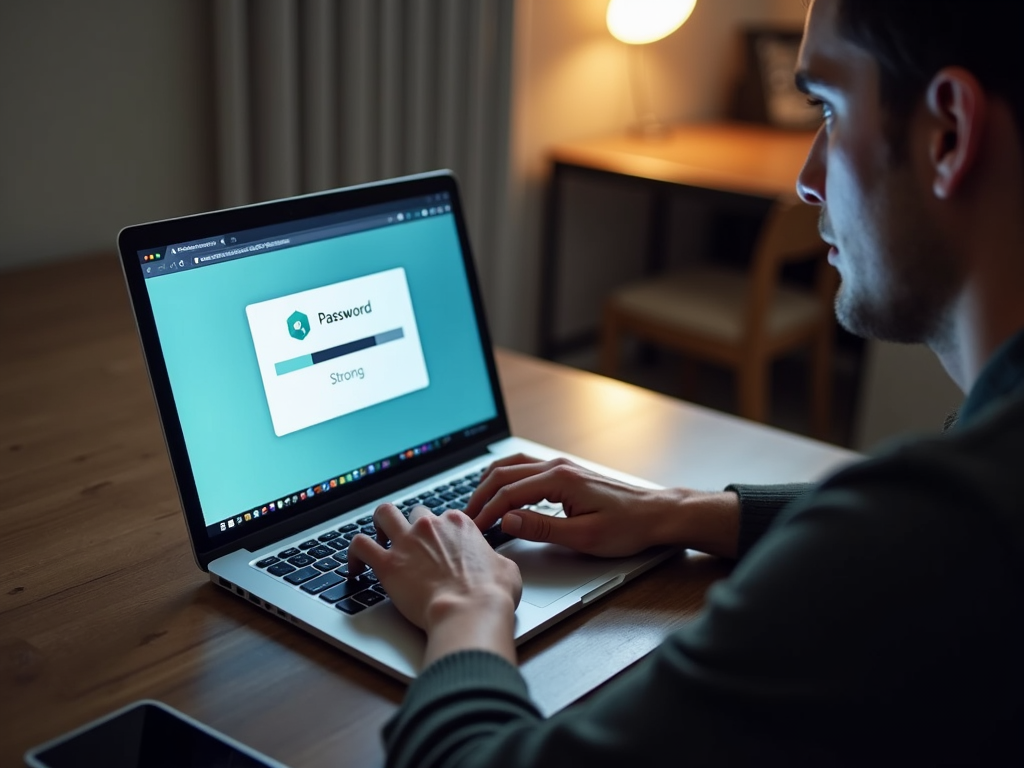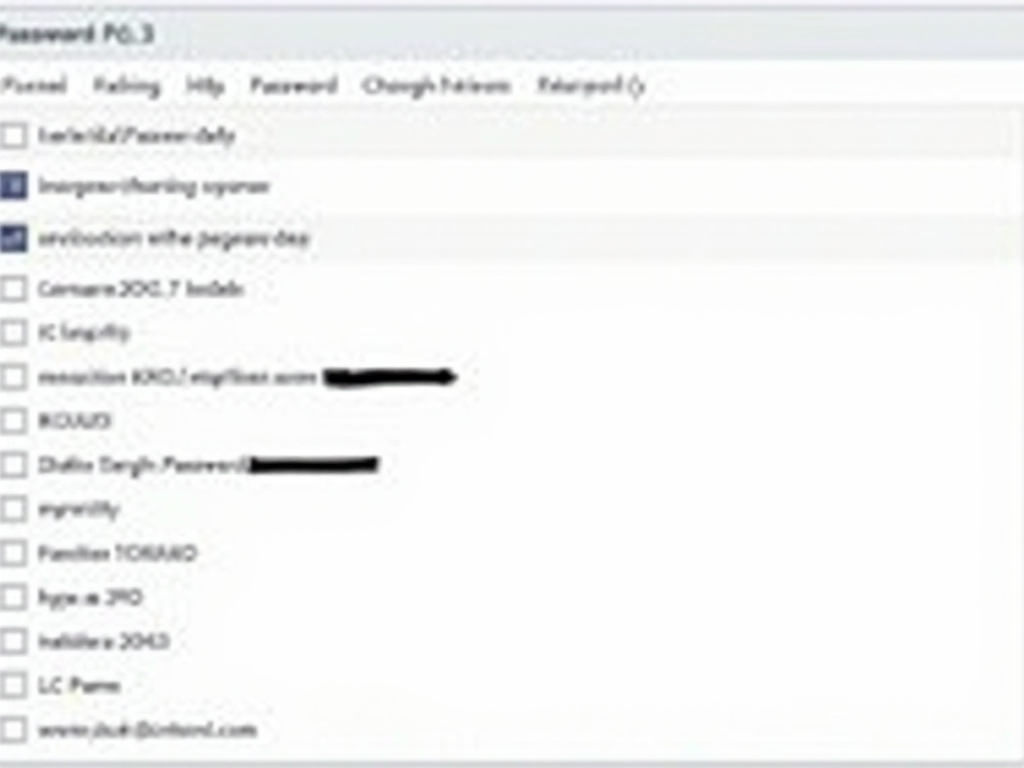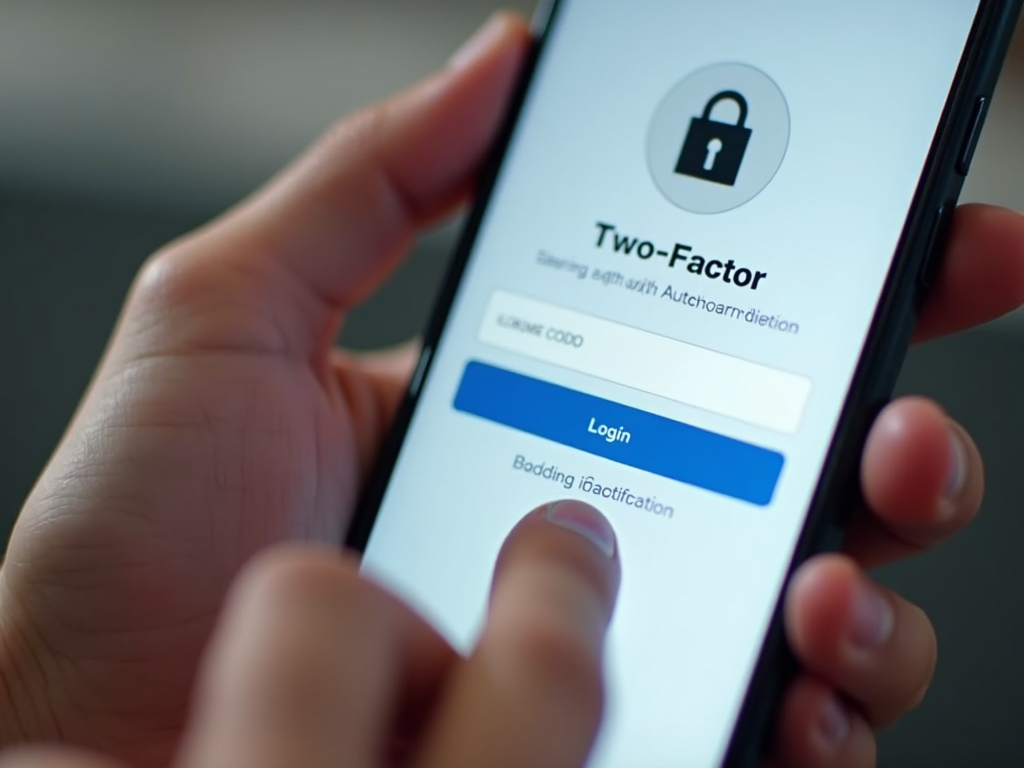Password Security Made Simple: Protect Your Online Presence
Overview/Summary: In today's digital world, password security is more important than ever. With cyber threats on the rise, protecting your online accounts starts with strong, unique passwords. This article will guide you through the essentials of password security, from creating robust passwords to using tools that safeguard your privacy.
Introduction to Password Security
Passwords are the first line of defense against unauthorized access to your personal information. Yet, many people still use weak passwords or reuse the same password across multiple sites. This makes it easy for hackers to gain access to your accounts. In fact, according to a recent study, over 80% of data breaches are due to weak or stolen passwords.
Creating Strong Passwords
A strong password is one that is difficult for others to guess or crack. It should be at least 12 characters long and include a mix of uppercase and lowercase letters, numbers, and special characters. Avoid using easily guessable information like your name, birthdate, or common words.
Here are some tips for creating memorable yet secure passwords:
- Use a passphrase: Combine multiple words or a sentence that is easy for you to remember but hard for others to guess.
- Add complexity: Include numbers and special characters within your passphrase.
- Make it unique: Use a different password for each account to prevent a domino effect if one password is compromised.

Password Management Tools
Managing multiple strong passwords can be challenging. That's where password managers come in. These tools store your passwords securely and can generate strong, unique passwords for each of your accounts.
When choosing a password manager, consider the following:
- Security features: Look for end-to-end encryption and zero-knowledge architecture.
- Ease of use: The tool should be user-friendly and accessible across devices.
- Reputation: Choose a well-known and trusted provider.

Two-Factor Authentication (2FA)
Two-factor authentication adds an extra layer of security by requiring a second form of verification in addition to your password. This could be a code sent to your phone, a fingerprint scan, or a hardware token.
Setting up 2FA is straightforward:
- Go to the security settings of your account.
- Select the option to enable 2FA.
- Choose your preferred verification method.
- Follow the prompts to complete the setup.

Protecting Your Passwords
Even with strong passwords and 2FA, it's important to stay vigilant against phishing attacks. Phishing is a common tactic used by hackers to trick you into revealing your passwords.
To protect yourself:
- Be cautious of emails or messages asking for your password.
- Verify the authenticity of websites before entering your credentials.
- Use a VPN when connecting to public Wi-Fi to encrypt your internet traffic.

Conclusion
Password security is a critical aspect of online privacy. By following the tips outlined in this article, you can significantly reduce the risk of your accounts being compromised. Remember, the key to online privacy is a combination of strong passwords, effective tools, and cautious behavior.